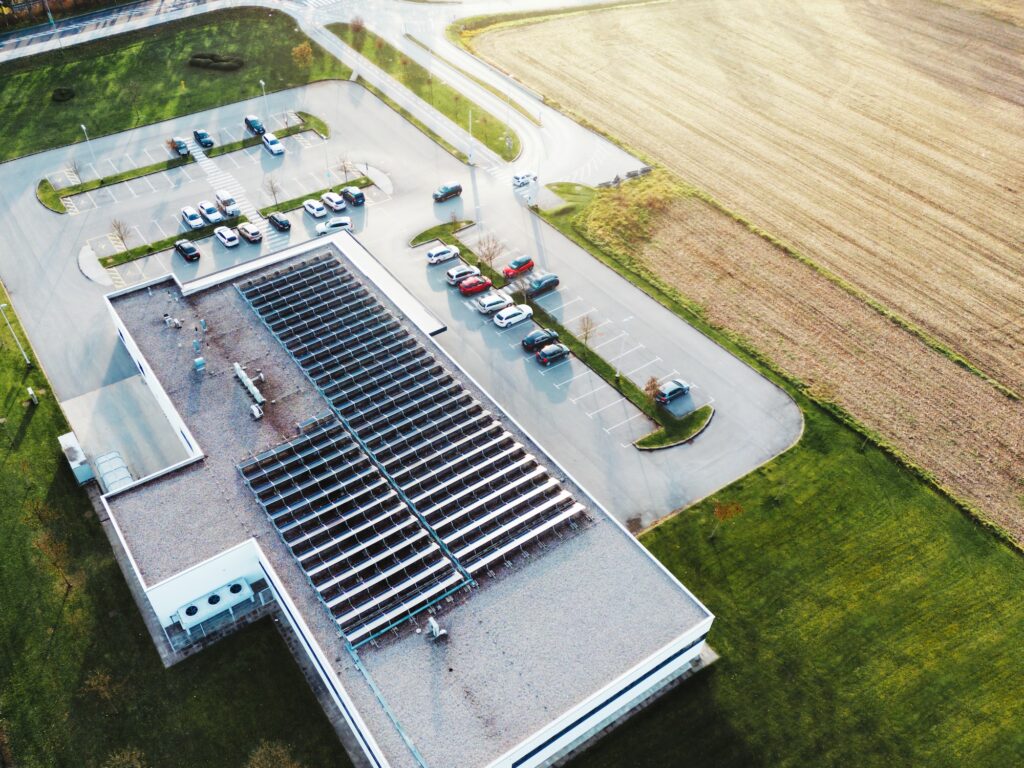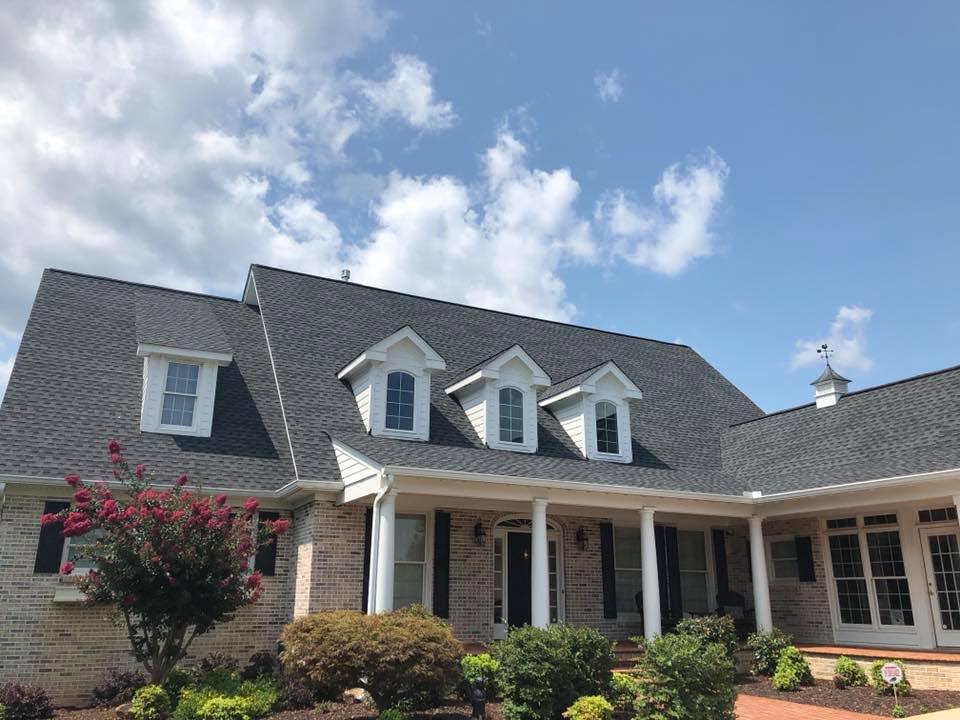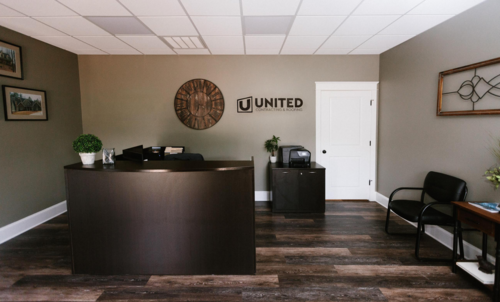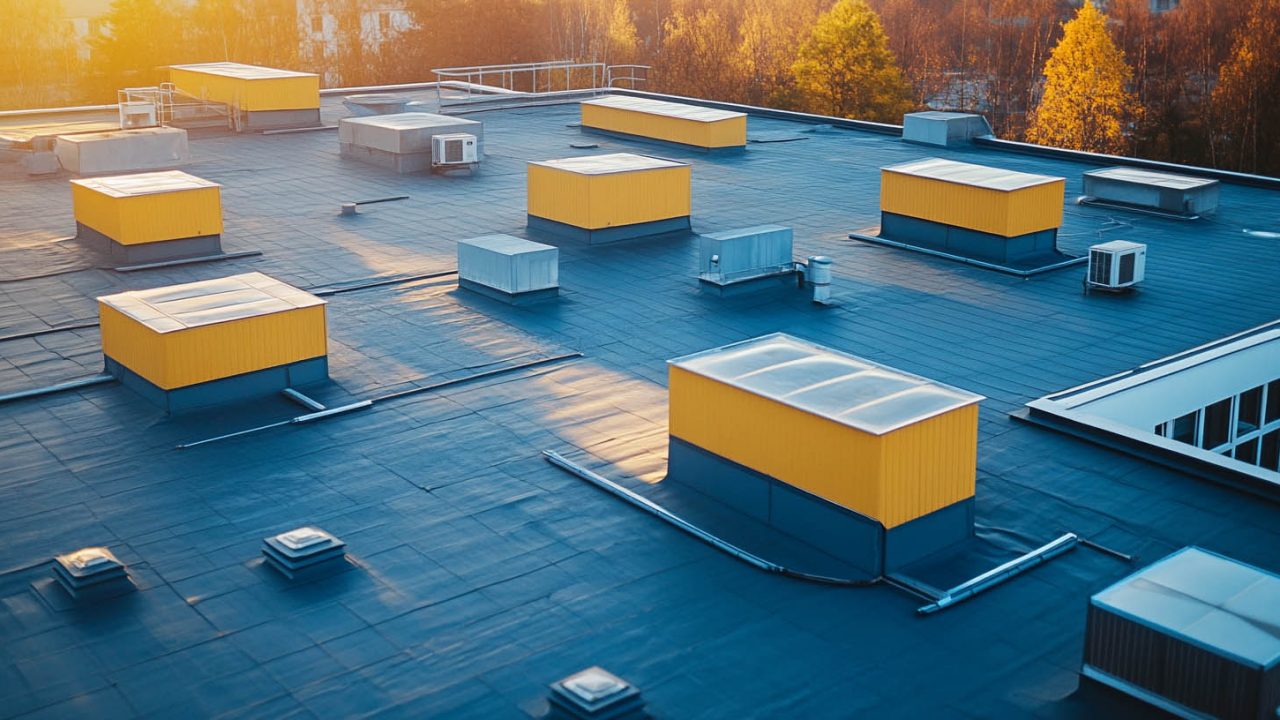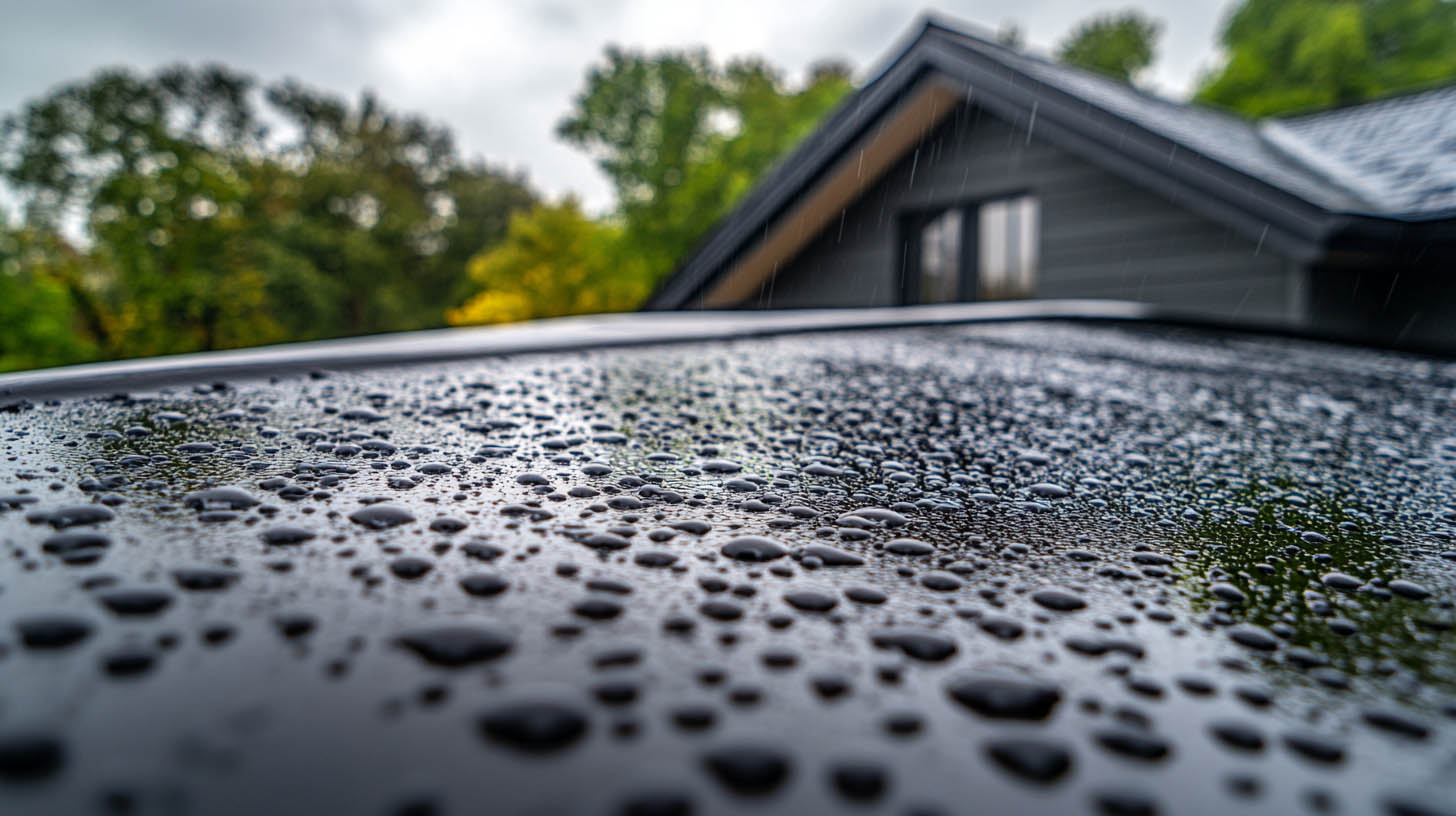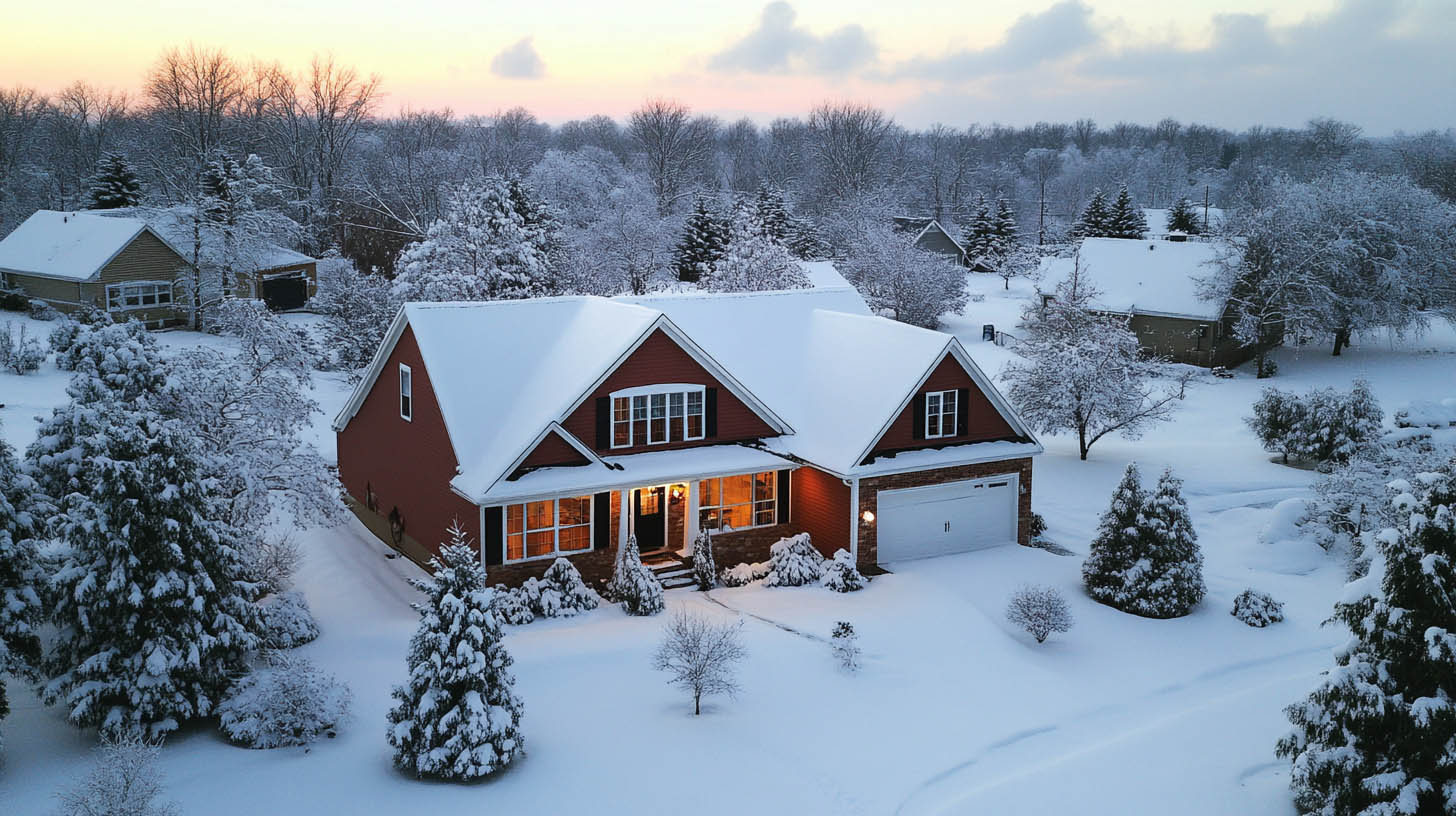Membrane roofs provide a modern solution to protect flat or low-slope roofs from water intrusion and other common issues. At United Contracting & Roofing LLC, we offer comprehensive roofing solutions tailored to your business needs.
The Basics of Membrane Roofing
Membrane roofs create a protective barrier on the roof surface using various weatherproof materials, such as synthetic rubber, thermoplastic, or liquid polyurethane. These membranes are typically thin but can also include thicker, more built-up systems for added protection.
Common Uses
- Commercial Buildings: Membrane roofs are popular for flat-topped commercial buildings due to their water resistance.
- Residential Roofs: They are also used on flat residential roofs and patio covers.
Types of Membrane Roofing
Thermoset Membranes
Thermoset membranes use synthetic rubber, such as neoprene or ethylene propylene diene terpolymer (EPDM). These roofs are adhered or mechanically attached and are freeze-, thaw-, and fire-resistant. While often black, “cool roof” options are available to improve energy efficiency.
Thermoplastic Membranes
Thermoplastic membranes, including thermoplastic olefin (TPO) and polyvinyl chloride (PVC), are heat-welded to create strong bonds and require less upkeep. TPO is cost-effective and reflective, reducing AC costs, while PVC is highly durable, resistant to heat, chemicals, and punctures, but more expensive.
Modified Bitumen
Modified bitumen membranes are made by adding rubbers or plastics to heated bitumen, often with fiberglass reinforcements. They typically require torch application or cold adhesive.
Membrane Roof Benefits
Prevents Water Damage
Membrane roofs offer superior waterproofing due to their strong-seamed or seamless design, preventing water intrusion and related issues like rot, mildew, and mold.
Durability
These roofs withstand harsh weather, including heavy rain and strong winds, and some materials also offer chemical resistance, making them ideal for industrial settings.
Long Lifespan
Depending on the material, membrane roofs can last between 15-30 years with proper maintenance, extending the overall life of the roofing system.
Cost-Effective
Membrane roofing is generally more affordable than traditional roofing, with lower installation and maintenance costs.
Versatility
Membrane roofs can be tailored to fit any size or shape, making them suitable for a variety of building types and providing optimal protection for flat roofs.
Membrane Roof Maintenance
Regular maintenance is essential for the longevity of membrane roofs. Here are key practices to keep your roof in top condition:
- Cleaning: Follow manufacturer recommendations for cleaning, ensuring that drains are clear and debris is removed to prevent damage. Regular maintenance helps maintain the roof’s integrity and prolong its lifespan.
- Inspections: Conduct visual inspections regularly to check for punctures, exposed seams, shrinkage, or damaged flashing, especially after severe weather. Identifying these issues early can prevent more significant damage.
- Repairs: Address leaks and damages promptly using construction-grade caulk or sealant. Professional inspections can identify minor issues before they become major problems, ensuring that repairs are effective and long-lasting. Regular professional evaluations help maintain your roof’s performance and prevent costly repairs down the line.
Conclusion
Membrane roofs offer excellent protection for flat and low-slope roofs, providing durability, cost-effectiveness, and versatility. For expert membrane roofing solutions, contact United Contracting & Roofing LLC today.For more insights on Four Warning Signs You Need a New Roof for Your Business, click here.

